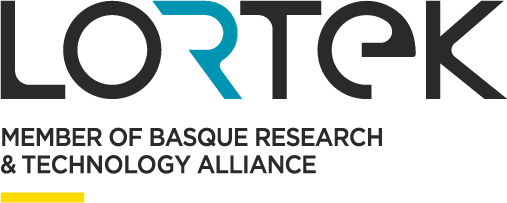
LORTEK – Quality control of welds by profilometry measurements
LORTEK
Sector: Industry
Business Case
In the welding process, one of the criteria that determines the quality of the joints is the depth of penetration that the bead has passed through. When two segments are welded together, quality assessment is often costly, especially when access to the hidden or root part of the weld for inspection is difficult, and destructive testing is necessary.
Objectives
Knowing the geometrical properties of the face or surface part of the seam, and the process descriptive data collected during welding, one can predict or estimate the root to know if penetration has occurred. Using ML algorithms, to determine the quality of a weld based solely on the process data and geometric measurements collected by the laser profilometer for the surface part, thus avoiding more costly tests such as cutting the parts or non-destructive techniques (NDTs) such as X-rays or computed tomography.
Use case
After setting up a test bench with different types of welds (plate against plate, plate against tube, etc.), the laser profilometer is used to measure both the geometry of the face and the root of the beads. Regression algorithms are developed that are able to infer the reverse side of a weld knowing only the shape of its front side and the welding process data (V,I, etc.). The models are validated both with samples from the initial bench that have been excluded during training and with real data from the production process.
Infrastructure
On Premise
Technology
Automatic or Deep Learning Image recognition/processing
Data
Multivariate time series. For each weld bead, signals of height, width, angle, etc., for both face and root, as well as process data collected during the welding process (V, I, WFS, Gas Flow Rate, etc.).




